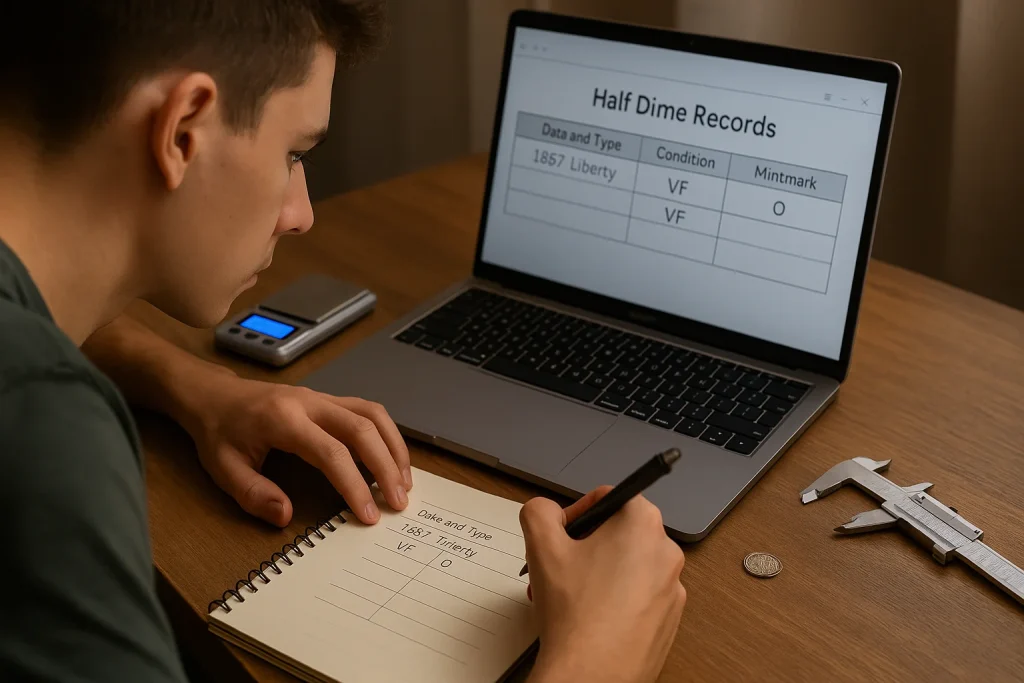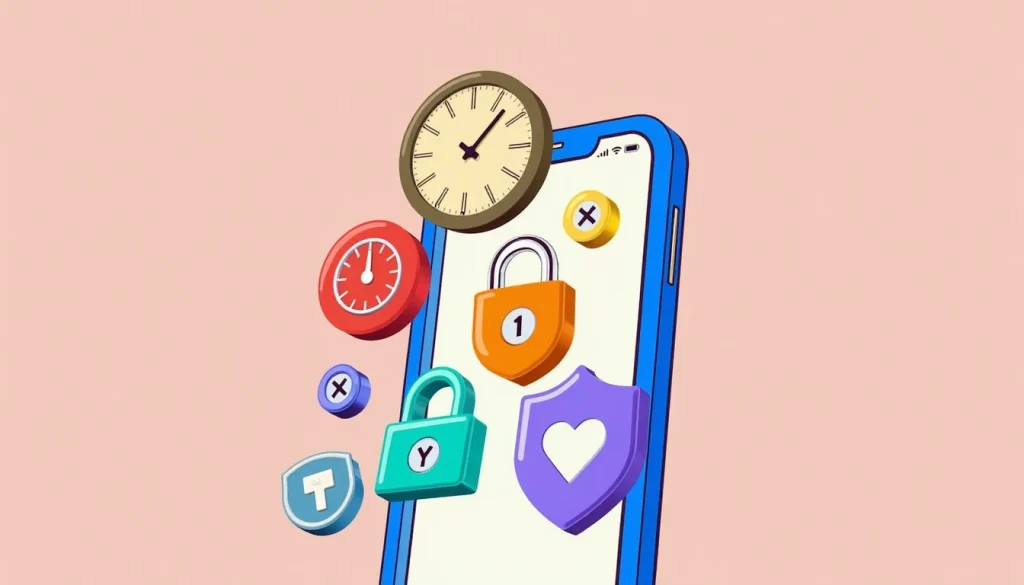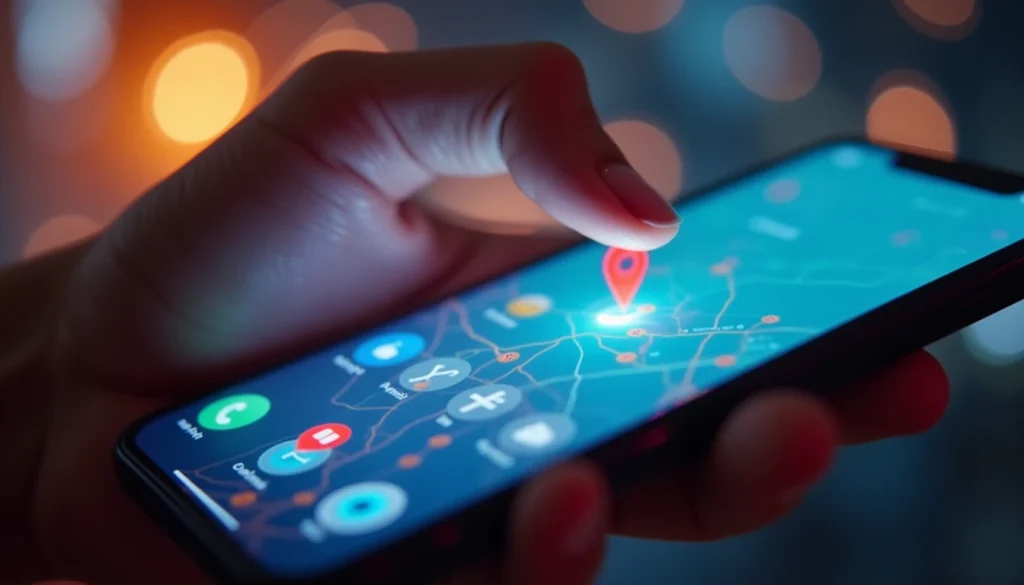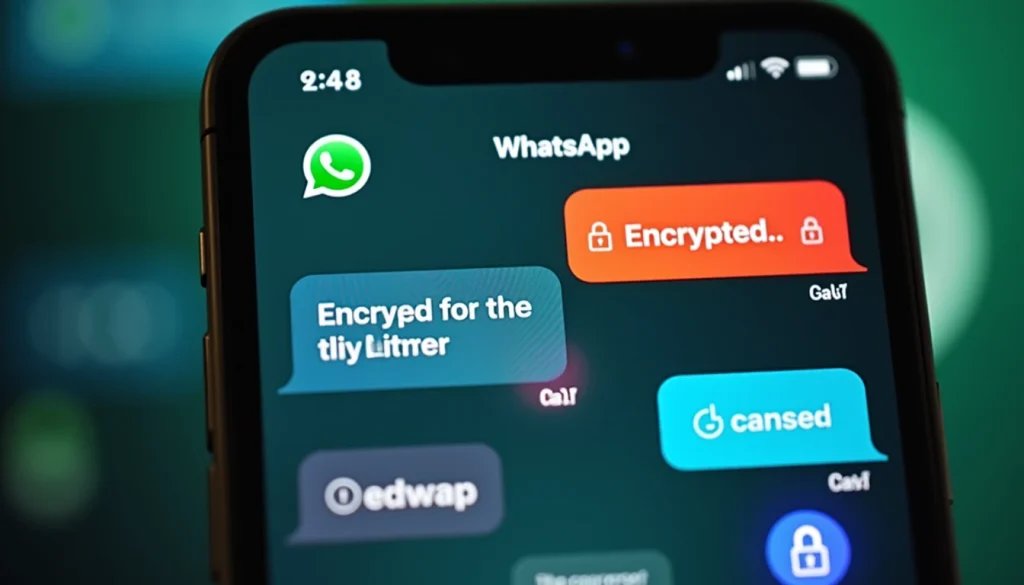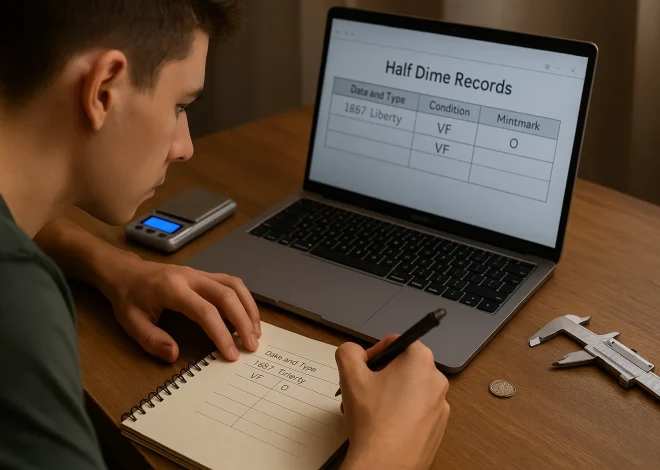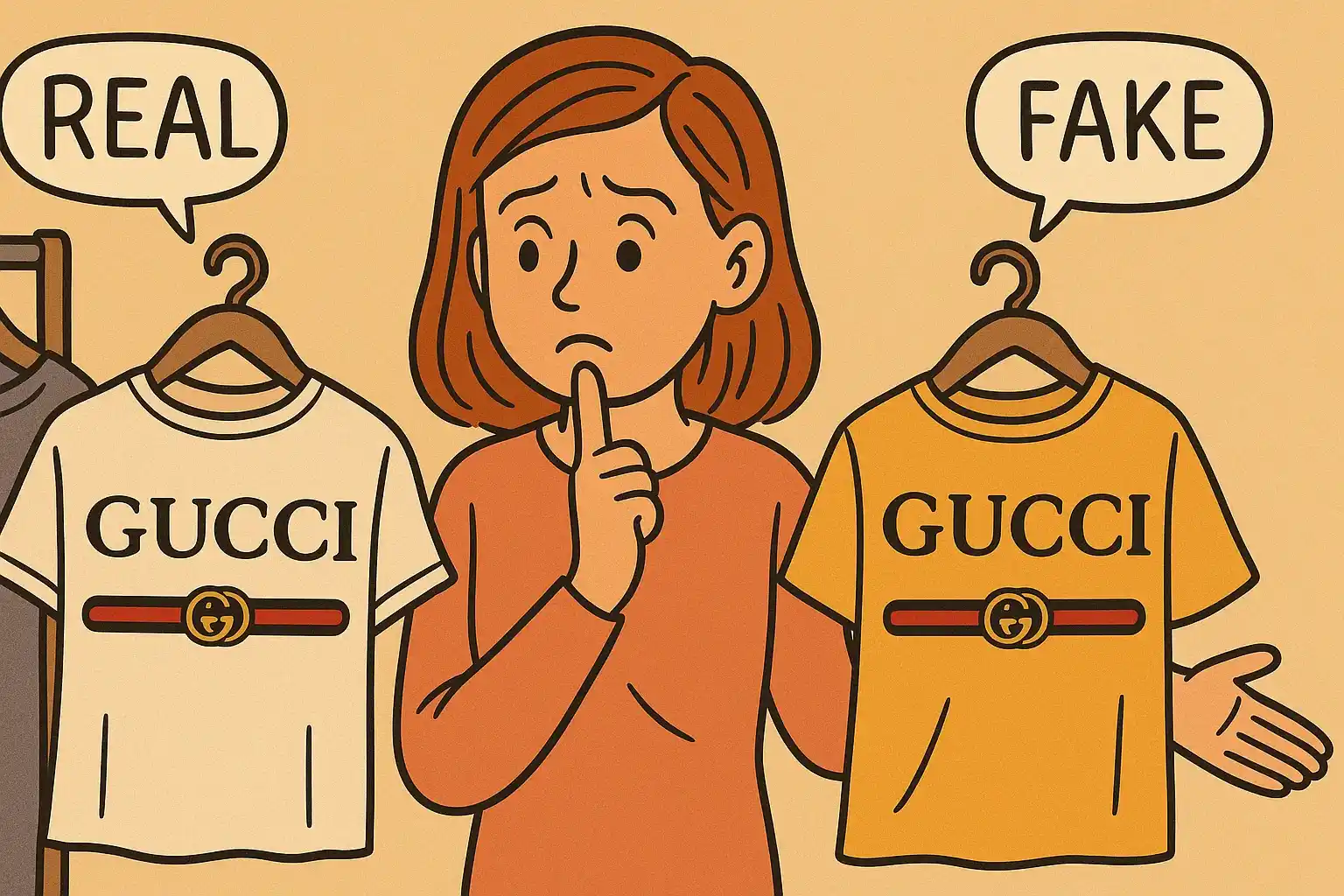
Fake or Real? How to Check Quality of Valuable Items You Buy
The market for valuable items is full of potential counterfeit products. If you are buying branded clothes, rare US coins, vintage or antiques, you should be sure of your investments. The price of mistakes in such a field can be high. Keep reading to learn how to prepare for valuable purchases and protect you and your money.

Research the Seller’s Credibility
The first step in safeguarding your investment is verifying the credibility of the seller. Especially in today’s digital age, where many purchases happen online, it’s easy to fall into the trap of fake listings. A reputable seller not only provides authentic items but also offers transparency and clear communication with their buyers.
Here’s how you can research the seller:
- Check Online Reviews and Ratings: Use trusted review platforms like Google Reviews, Trustpilot, or forums dedicated to specific types of collectibles. Look for reviews from past buyers who have purchased similar items. Pay attention to detailed reviews, as they will give you insight into the quality of the item and the seller’s customer service. A credible seller will often have a substantial history of positive feedback. Be cautious if a seller has too few reviews or mostly generic praise, as these could be red flags.
- Social Media Presence: Many sellers today maintain active social media profiles. Check the seller’s Facebook, Instagram, or Twitter accounts for customer interactions, product showcases, and comments from followers. Look for consistent, positive feedback and make sure the seller engages with customers directly and promptly.
- Return Policies and Customer Support: Always check a seller’s return policy. A trustworthy seller will have clear, fair return policies that allow you to return items if they are not as described or if you change your mind. A lack of return options or ambiguous policies should raise suspicion. Similarly, good customer support is vital—if you’re not able to reach out to a seller easily or if their response times are slow, this may indicate a less-than-ideal business practice.
- Verify Business Information: If you’re dealing with an online store or auction site, take the time to verify their business details. Check if the business is registered, and ensure they have a physical address and contact number listed. Scammers often operate from unverified or anonymous accounts, so this information is crucial.
Learn About the Product Thoroughly
The next critical step in ensuring you are purchasing an authentic item is becoming well-versed in the specific characteristics of the item you’re after. Knowledge is power when it comes to distinguishing between real and fake products. The more you understand the qualities of the product, the easier it will be to spot red flags.
Let’s break this down:
- Luxury Goods: Genuine luxury items, such as high-end watches, handbags, and jewelry, often have specific characteristics that are difficult for counterfeiters to replicate. These might include:
- Distinctive Markings: Authentic products from brands like Chanel, Louis Vuitton, or Rolex have specific serial numbers, brand engravings, and logos that are placed in very precise locations. Counterfeit items usually miss the mark on these details, such as being poorly engraved or placed incorrectly.
- Materials and Craftsmanship: Quality materials, such as genuine leather, fine metals, or precious stones, should be used in luxury goods. If the texture of the material seems off or if the stitching is uneven, there’s a high chance the item is fake.
- Weight: Real luxury products often have a certain weight due to the materials used. For example, a high-end leather bag will feel heavier than its counterfeit counterpart, which may use cheaper, lighter materials.
- Coins: Coins, especially rare or collectible ones, have their own set of telltale signs for authenticity. Knowing what to look for can save you from making an expensive mistake. Here are some critical features to keep in mind:
- Mint Marks and Inscriptions: Coins often have distinct mint marks, which indicate where and when they were made. Check if these marks are sharp, clear, and match historical records. Counterfeit coins often have poorly done mint marks or no marks at all.
- Dimensions and Weight: Authentic coins typically follow very specific size and weight standards. For instance, if you are buying a gold coin, its weight should match the standard for that particular denomination. Counterfeit coins, even if they look similar, often deviate from these specifications.
- Historical Context: Every coin has a story. Knowing its history and era will help you detect authenticity. For example, a 19th-century coin may show specific signs of aging and wear that newer reproductions cannot mimic accurately.
When you become familiar with the unique traits of a product, whether it’s a luxury handbag or a rare coin, your ability to detect a fake increases. Research is a key tool in becoming an informed buyer, ensuring that the item you purchase is genuine and worth its value.
Examine Physical Details Closely
No matter how much research you’ve done or how credible the seller may seem, it’s important to physically examine the item. Counterfeit items often fail to match the level of detail and craftsmanship found in genuine goods. Whether you’re buying a designer handbag or a rare coin, paying close attention to specific physical features can help you determine authenticity.
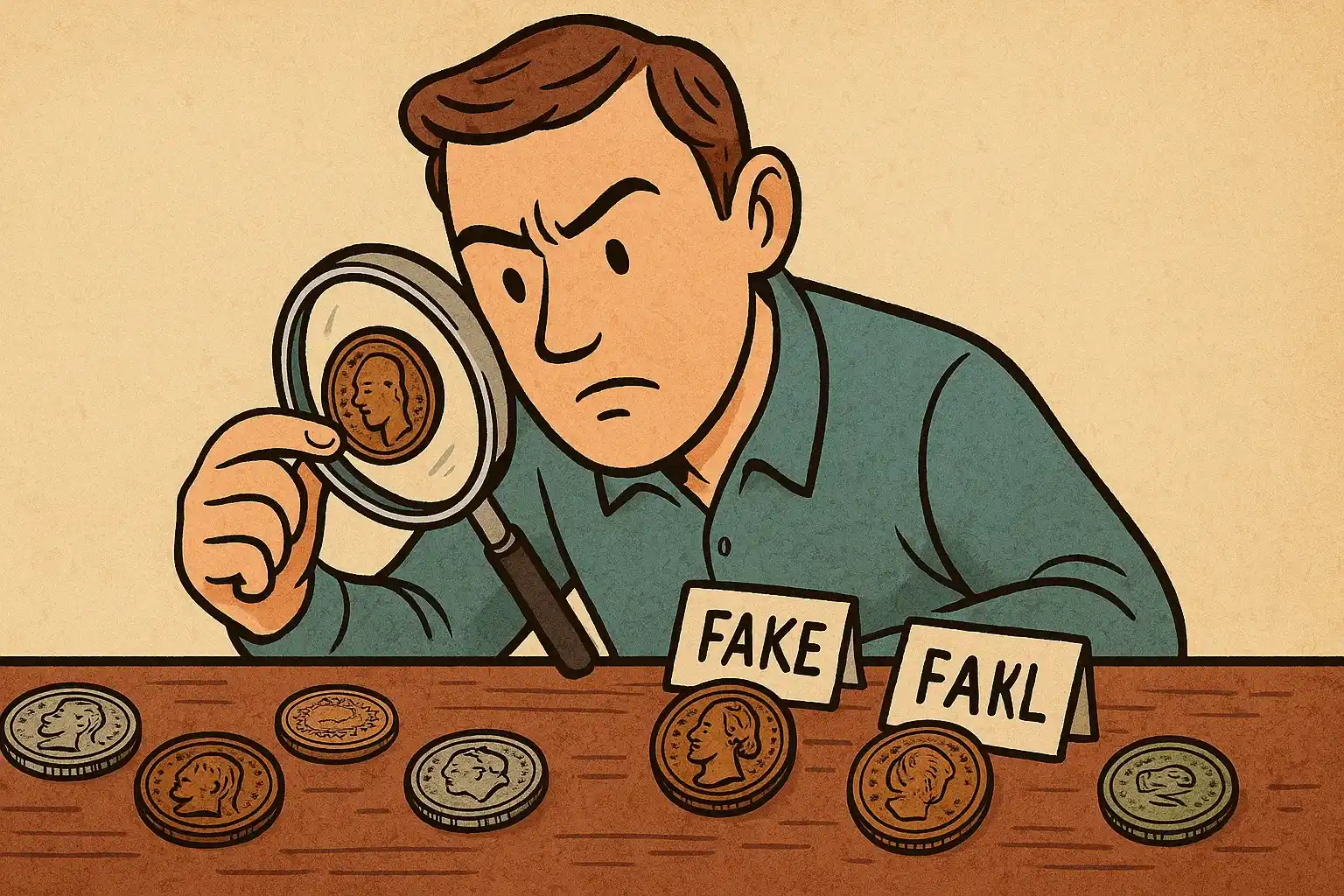
Markings and Hallmarks
Authentic luxury items and collectible goods usually have specific markings or hallmarks that prove their origin and authenticity. These marks are often finely crafted and can be difficult to replicate by counterfeiters. Here’s what to look for:
- Luxury Goods: High-end brands, such as Gucci, Rolex, and Louis Vuitton, place engraved serial numbers, logos, or brand-specific hallmarks on their products. A genuine designer watch, for example, will have engravings that are crisp, clear, and perfectly aligned. On handbags, you may find hidden stamps, leather tags, or metal plaques that confirm the brand and authenticity. Counterfeit products, on the other hand, will often have poorly executed or misspelled logos and marks.
- Coins: For numismatic items, such as rare or collectible coins, authenticity is confirmed through mint marks and inscriptions. Mint marks are often found on the obverse or reverse of coins, indicating the mint location and the coin’s year of production. These marks should be sharp, well-defined, and consistent with historical records. Counterfeit coins may feature poorly struck or mismatched marks that reveal their inauthenticity. Always compare the coin’s mint mark against known records for that specific coin type.
Weight and Dimensions
A key factor in identifying counterfeit products is checking their weight and dimensions. Genuine items, especially coins and luxury goods, have very specific weight and size standards, which counterfeiters often fail to replicate accurately. Here’s how to check:
- Luxury Goods: Authentic designer items made from high-quality materials tend to have a certain weight that reflects the quality of the craftsmanship and materials. For instance, an authentic leather handbag will feel dense and substantial, while a counterfeit one might feel unnaturally light due to the use of inferior materials. Similarly, luxury watches or jewelry items should feel solid and robust when held. If something feels flimsy or light, it’s worth questioning its authenticity.
- Coins: Every genuine coin is created with specific weight standards based on its material (e.g., gold, silver, or copper). For example, a U.S. silver coin like a Morgan dollar has a weight of 26.73 grams. If the coin you’re examining is lighter or heavier than this, it could be a counterfeit. To be sure, use a precise scale to weigh the coin. Additionally, many coins have very specific dimensions, such as diameter and thickness, that must be checked against known specifications.
Craftsmanship and Materials
Genuine items are meticulously crafted from high-quality materials, with attention to detail in every aspect. Counterfeit products, on the other hand, often have shoddy workmanship and substandard materials. Here’s what to check:
- Luxury Goods: High-end brands use premium materials, whether it’s fine leather, stainless steel, or precious metals. If the product you are examining uses synthetic, poor-quality materials or feels cheaply made, it’s likely a counterfeit. For example, check the stitching on a designer bag. Authentic items usually have neat, even stitching, while fakes may have crooked seams or visible glue marks. Additionally, the finish on the hardware (like zippers, buckles, or clasps) should be flawless and polished. Scratches or dullness are signs of a poor-quality imitation.
- Coins: Coins are made from specific alloys and have distinct textures and finishes. For example, genuine silver coins should have a shiny, white appearance, and gold coins should have a deep, rich yellow tone. Counterfeit coins often have a dull or off-colored appearance due to the use of cheaper metals. Furthermore, examining the coin’s surface can reveal details about its authenticity. Real coins will show evidence of age and wear that corresponds to their era and use, while fakes might look unnaturally pristine or have poorly replicated designs.
Use Technology and Tools for Verification
While physical inspection is a great starting point, sometimes you need additional tools and technology to ensure the authenticity of valuable items. Fortunately, modern technology has made it easier than ever to verify the authenticity of items, especially coins.
Coin ID Scanner App
For numismatists, the Coin ID Scanner app is an invaluable tool that helps you verify the authenticity of a coin with just a photo. This AI-powered mobile app allows you to take or upload an image of any coin, and it will instantly provide detailed information such as:
- Country of Origin: The app can identify the country where the coin was minted.
- Denomination and Year: The Coin ID Scanner app will tell you the exact value and year of the coin.
- Rarity: The app provides an estimated rarity of the coin based on its type, mint year, and current market trends.
- Material Composition: It can identify whether the coin is made of the expected metals like gold, silver, copper, or alloys.
- Estimated Market Value: This feature shows how much similar coins can cost right now so you can check whether a seller is offering a right price.
The Coin ID Scanner can help both hobbyists and experienced collectors. Just take a photo and get a detailed analysis of your coin. The app quickly compares it with its vast database of over 150,000 samples from different epochs and countries to provide you with more certainty in your purchases.
Other Verification Tools
In addition to using the Coin ID Scanner, there are various other tools available to help authenticate items:
- Magnification Tools: A magnifying glass or a jeweler’s loupe can help you examine intricate details, such as engravings, mint marks, and wear patterns on coins. For luxury goods, a magnifying glass can help you spot small imperfections in stitching, logos, and serial numbers.
- Magnet Tests: As mentioned earlier, most genuine coins are made of non-magnetic metals. A simple magnet test can help you identify fake coins, especially those made from base metals. If the coin sticks to a magnet, it’s likely a counterfeit.
Check for Certifications and Professional Authentication
When buying valuable items, especially those that are high in demand or rarity, it’s important to ensure that the item is authenticated by a reputable third-party organization. Certified items are typically backed by industry professionals and grading services, which guarantee their authenticity and condition. Here are some ways to verify products using professional certifications:
Coins
For rare or collectible coins, certifications from reputable grading services are a must. Organizations like the Professional Coin Grading Service (PCGS) and the Numismatic Guaranty Corporation (NGC) are widely respected for their ability to authenticate and grade coins. These services provide an official certification that confirms the coin’s authenticity, condition, and overall quality. A certified coin will come with a unique certification number, which you can verify online to check its authenticity.
- Why It’s Important: Certified coins are valuable because they come with a guarantee of authenticity and quality. A coin with a certification from PCGS or NGC, for example, can be resold more easily and at a higher price than an uncertified coin of the same type. Additionally, certified coins are often more liquid in the market, meaning they’re easier to sell or trade.
- Certification Labels: When buying coins, look for a slabbed coin (in a plastic case) with a certification label indicating the coin’s grade, mint mark, and a unique serial number for verification.
Luxury Goods and Antiques
In the world of luxury goods, designer items, and antiques, certifications can play a key role in proving authenticity. For instance, luxury bags from brands like Louis Vuitton or Chanel often come with a Certificate of Authenticity (COA). These certificates are provided by the brand or a reputable third-party organization. For antiques, certificates of provenance—documents that trace the item’s history of ownership—are essential for confirming authenticity and value.
- Why It’s Important: Professional authentication not only ensures the product is genuine but also protects the buyer from purchasing fakes. For high-value items, having proof of authenticity can also increase the resale value of the item.
Other Product Certifications
Beyond collectibles and luxury goods, there are certifications for a variety of other products. For example:
- Good Housekeeping Seal: Indicates that a product has passed rigorous tests and meets quality standards.
- ENERGY STAR Certification: Confirms that an appliance is energy-efficient.
- ISO Certification: Demonstrates that a product meets international quality standards.
These certifications provide further peace of mind, showing that the item has been tested for specific attributes like quality, safety, and efficiency.
Use these tools to buy antiques, branded clothes, or coins safely, and get only qualified goods with the help of technology!

